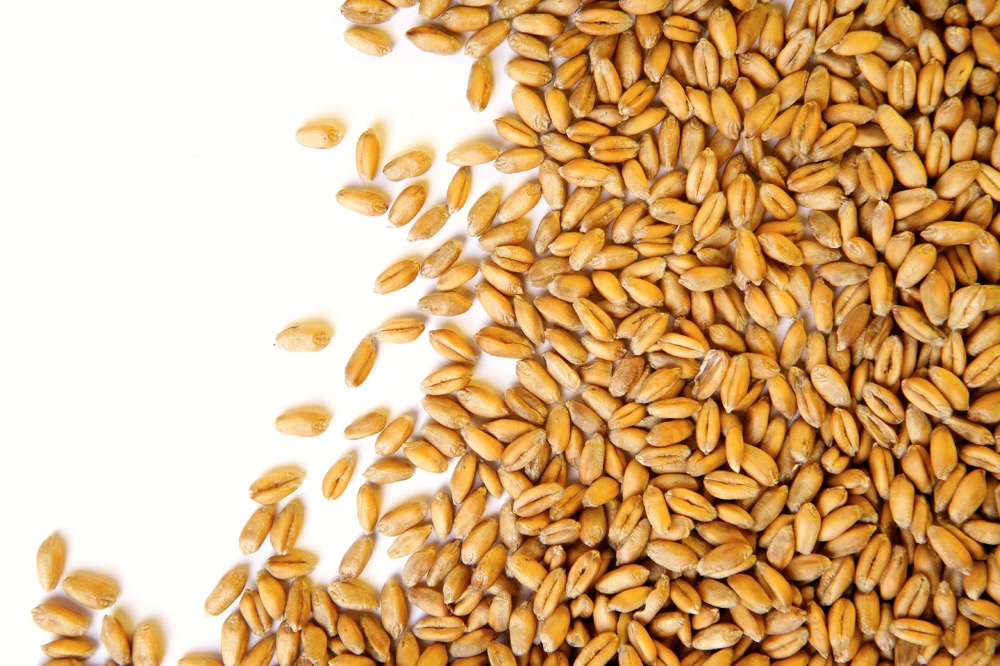MarketsFarm — Bids for Western Canadian spring wheat were on both sides of unchanged while those for durum were lower for the week ended Thursday.
Statistics Canada (StatCan) released its model-based principal field crop production estimates on Thursday, presenting a tightening wheat crop compared to that from 2022-23. All-wheat production was projected at 29.8 million tonnes, up 363,000 from StatCan’s previous estimate last month, but down 4.5 million from last year’s total.
Spring wheat’s estimate was revised upward from the August report by 535,000 tonnes, to 22.637 million, but was down 3.207 million from 2022-23. Meanwhile, durum’s projected production total saw a 200,000-tonne cut compared to the previous report, as well as a 1.711 million-tonne loss from last year at 4.059 million.
Read Also

IGC raises 2025/26 world wheat crop forecast
The International Grains Council has raised its forecast for 2025/26 global wheat production with crop outlooks upgraded for Russia, the United States and Argentina.
The U.S. Department of Agriculture (USDA) on Tuesday released its monthly supply/demand estimates (WASDE), in which its estimate for 2023-24 wheat production and ending stocks were unchanged at 1.734 billion and 615 million bushels, respectively. World ending wheat stocks for 2023-24 were pegged at 258.61 million tonnes, seven million less than the August estimate.
Strategie Grains increased its wheat production estimate for the European Union by 300,000 tonnes, to 125 million, slightly below the 2022-23 total of 125.3 million. The Rosario Grain Exchange cut its estimate for Argentine 2023-24 wheat production by 600,000 tonnes to 15 million.
Canada Western Red Spring (CWRS) prices were down 10 cents to up $1.30 per tonne, according to price quotes from a cross-section of delivery points compiled by PDQ (Price and Data Quotes). Average prices were between $334.20/tonne in northeastern Saskatchewan and $358.30 in southern Alberta.
Quoted basis levels ranged from $46.30 to $70.40/tonne above the futures when using the grain company methodology of quoting the basis as the difference between U.S. dollar-denominated futures and Canadian dollar cash bids.
Accounting for exchange rates and adjusting Canadian prices to U.S. dollars, CWRS bids were from US$247.30 to US$265.10/tonne. Currency-adjusted basis levels ranged from US$22.80 to US$40.60 below the futures. If the futures were converted to Canadian dollars, basis levels would be $16.90-$30.10 below the futures.
Meanwhile, Canada Prairie Spring Red (CPSR) prices were down $3.20-$3.60/tonne. The lowest average bid for CPSR was $304/tonne in southeastern Saskatchewan, while the highest average bid was $323.80 in southern Alberta.
The average prices for Canada Western Amber Durum (CWAD) were 40 cents to $4.80 per tonne lower, with bids between $502.90 in northeastern Saskatchewan and $510.70 in southwestern Saskatchewan.
The December spring wheat contract in Minneapolis, off of which most CWRS contracts are based, was quoted Thursday at US$7.835 per bushel, 8.75 U.S. cents higher than the previous week.
Kansas City hard red winter wheat futures, traded in Chicago, are more closely linked to CPSR in Canada. The December Kansas City wheat contract was quoted at US$7.3650/bu., down one half of a U.S. cent.
The December Chicago Board of Trade (CBOT) wheat contract lost six U.S. cents from the previous week, closing Thursday at US$5.9375/bu.
The Canadian dollar was slightly stronger, largely due to rising crude oil prices, gaining 0.86 of a U.S. cent to close Thursday at 73.99 U.S. cents.
— Adam Peleshaty reports for MarketsFarm from Stonewall, Man.












